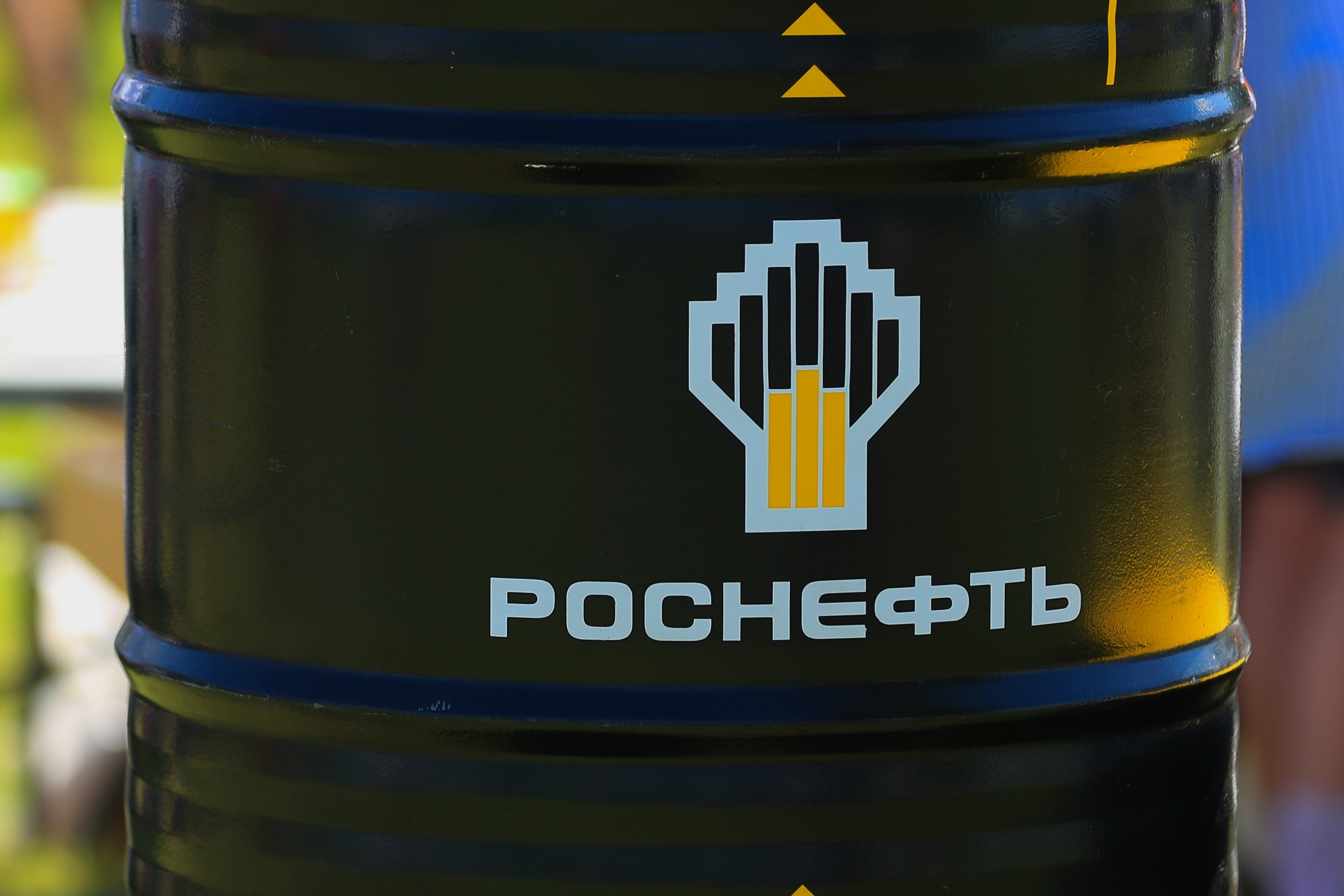- Oil prices rally nearly 8% from last week’s lows, reaching levels above $60.00.
- US has imposed additional sanctions on Russian Oil producers Lukoil and Rosneft.
- Effective sanctions on Russian Oil are expected to reduce global crude supply.
Oil prices have accelerated their recovery with US benchmark West Texas Intermediate (WTI) returning to levels beyond $60.00 line as the US administration imposed new sanctions on Russia’s largest Oil companies, which are expected to restrict global supply.
The US Department of the Treasury announced further sanctions on the Russian major Oil exporters Lukoil and Rosneft, as a result of Russia’s lack of commitment to a peace process to end the war in Ukraine.
Sanctions on Russian Oil ease oversupply fears
These measures, considered “tremendous” by US President Donald Trump, are aimed at cutting down funding for the Russian war machine and forcing Moscow to negotiate a peace process “in good faith”.
Trump said that he is also encouraging allies to adhere to these sanctions and reiterated an agreement with Indian President Narendra Modi to reduce purchases of Russian Crude in exchange for lower tariffs on products manufactured in India.
The sanctions are expected to block a significant portion of global supply, offsetting market concerns about an Oil glut. Meanwhile, producer countries continue to increase production, while the growth in the world’s major economies is subdued, and the uncertain trade scenario casts doubts on global demand.
WTI Oil FAQs
WTI Oil is a type of Crude Oil sold on international markets. The WTI stands for West Texas Intermediate, one of three major types including Brent and Dubai Crude. WTI is also referred to as “light” and “sweet” because of its relatively low gravity and sulfur content respectively. It is considered a high quality Oil that is easily refined. It is sourced in the United States and distributed via the Cushing hub, which is considered “The Pipeline Crossroads of the World”. It is a benchmark for the Oil market and WTI price is frequently quoted in the media.
Like all assets, supply and demand are the key drivers of WTI Oil price. As such, global growth can be a driver of increased demand and vice versa for weak global growth. Political instability, wars, and sanctions can disrupt supply and impact prices. The decisions of OPEC, a group of major Oil-producing countries, is another key driver of price. The value of the US Dollar influences the price of WTI Crude Oil, since Oil is predominantly traded in US Dollars, thus a weaker US Dollar can make Oil more affordable and vice versa.
The weekly Oil inventory reports published by the American Petroleum Institute (API) and the Energy Information Agency (EIA) impact the price of WTI Oil. Changes in inventories reflect fluctuating supply and demand. If the data shows a drop in inventories it can indicate increased demand, pushing up Oil price. Higher inventories can reflect increased supply, pushing down prices. API’s report is published every Tuesday and EIA’s the day after. Their results are usually similar, falling within 1% of each other 75% of the time. The EIA data is considered more reliable, since it is a government agency.
OPEC (Organization of the Petroleum Exporting Countries) is a group of 12 Oil-producing nations who collectively decide production quotas for member countries at twice-yearly meetings. Their decisions often impact WTI Oil prices. When OPEC decides to lower quotas, it can tighten supply, pushing up Oil prices. When OPEC increases production, it has the opposite effect. OPEC+ refers to an expanded group that includes ten extra non-OPEC members, the most notable of which is Russia.
